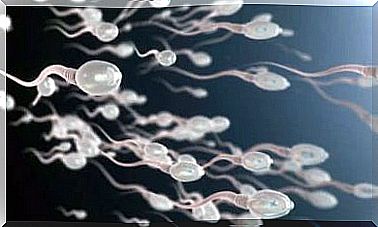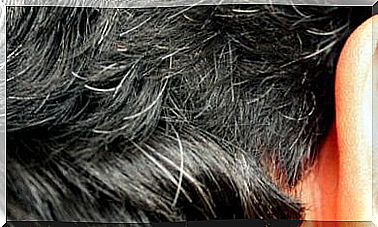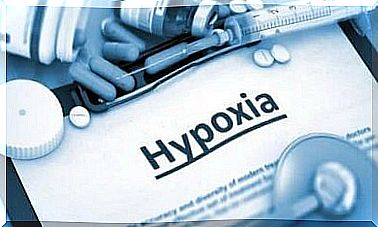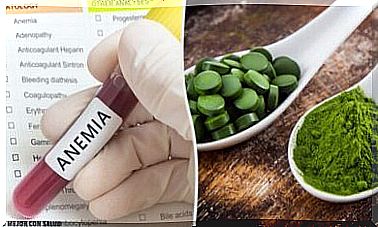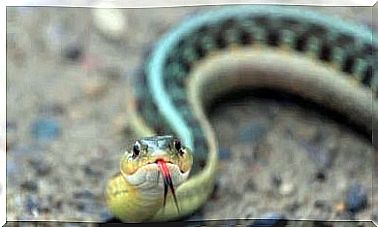Stroke In Children: Symptoms And Treatment
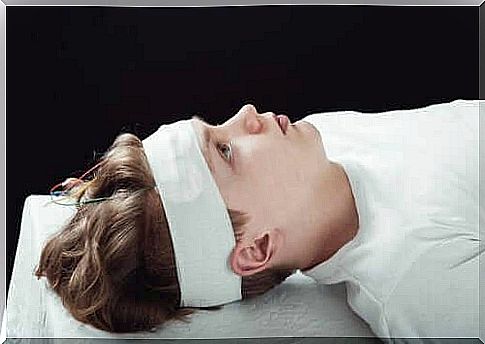
Accidents are very common among children, because they are used to running, jumping, playing and climbing constantly. A possible consequence of accidents in children is stroke. This occurs after a blow to the head, due to which the brain hits the skull. In today’s article, we will present in detail the cerebral contusions, including their symptoms and types of treatment.
Symptoms of concussion
The symptoms of stroke can be subtle and often begin to manifest only 24-48 hours after the injury. Unfortunately, it is not easy to recognize these signs in babies and very young children, because they cannot describe what they feel accurately.
Symptoms that may indicate a contusion include:
- Balance and coordination problems (the child cannot walk or has difficulty performing simple tasks, such as playing with the ball)
- Confusion
- Short-term memory problems
- Lack of energy
- Sadness and hypersensitivity
- Anxiety and irascibility without any apparent cause
- Difficulty falling asleep
- Too much sleep or too little
- Loss of appetite
- Excessive crying
- Loss of interest in favorite activities
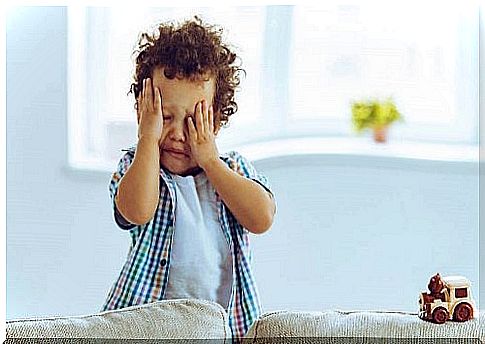
If your child has fallen and you suspect that he has a stroke, but does not have any worrying symptoms, he may have only a slight wound that does not require treatment or a medical evaluation. However, if you notice any of the aforementioned alarm signals a few hours after the injury, consult a doctor or take the child to the emergency room. The specialist will be able to determine the cause of the discomfort with the help of a few simple investigations.
Take the child to the emergency room immediately in the following cases:
- The child vomits repeatedly
- He has a stroke
- He is clearly dizzy or loses his balance
- He has a severe headache
- He loses consciousness and can no longer wake up
- He’s confused and can’t recognize you
- Speaks meaninglessly or has difficulty speaking (applies only to children who can speak fluently normally)
- Has vision problems (dilated pupils, blurred vision, inability to recognize various objects)
- Has a hematoma or a large swelling in the head, which is hot to the touch (worrying symptom in babies)
Diagnosis of stroke in children
If you have any questions, it is important to consult a doctor. Early diagnosis of strokes and getting the right treatment will prevent further damage. If you do not carefully monitor the child’s symptoms and fail to act immediately, the trauma can cause brain damage. Basically, the motor functions and the cognitive and sensory development of the little one will suffer.
The doctor will opt for a complete evaluation of the child’s nervous system to diagnose this type of trauma. He will test the balance, coordination and reflexes of the little one. At the same time, a correct diagnosis may require imaging investigations such as computed tomography or nuclear magnetic resonance to determine if the brain and adjacent structures have been affected.
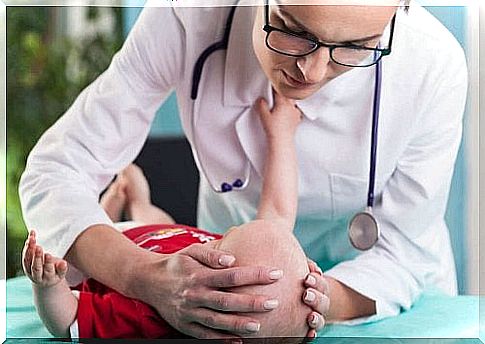
Types of treatment for stroke in children
Treatment depends on the severity of the injury and the child’s symptoms. If your doctor does not recommend hospitalization, he or she will prescribe some measures for home care, such as:
- Rest and avoid physical activity for a certain period of time, so as to prevent aggravation of trauma and prolong the recovery period.
- Avoidance of any type of cognitive activity. For example, the child will have to be absent from school and nursery during the period when he has symptoms, so as not to aggravate them.
- Gradual resumption of daily activities.
- The child will need to consume plenty of fluids and avoid junk food.
It is essential to monitor your child carefully in the first 48 hours after the trauma. Consult your doctor again if your little one’s symptoms worsen.
Post-contusion syndrome
Most children recover completely from a stroke if they receive appropriate treatment. But some patients may develop post-contusion syndrome.
The main feature of this syndrome is the presence of trauma symptoms even after the recovery period. At present, it is not known why the symptoms of stroke persist in some cases. In general, this syndrome is not influenced by the severity of the trauma. The patient may have experienced multiple strokes recently.
